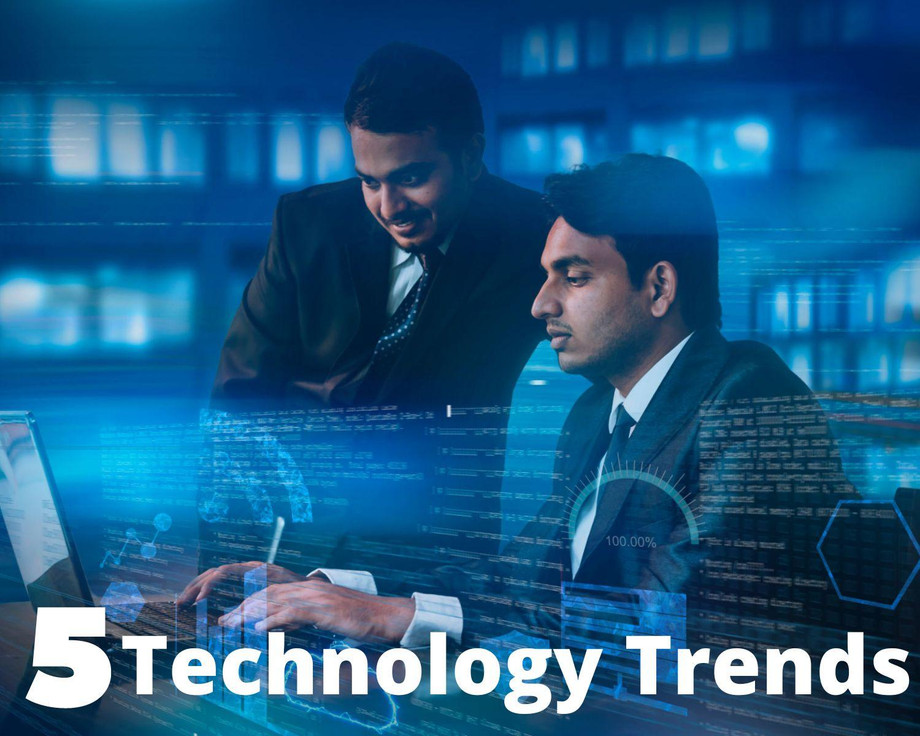CEOs are looking for more direct digital routes to communicate with clients, as stated in top research, in order to drive the uptake of digital business.
However, they also seek to maximize profits and safeguard cash flow while keeping an eye on potential economic downturns.
These strategic technology trends will place CIOs and IT leaders as strategic partners of the firm and help CEOs deliver growth, digitization, automation and efficiency!
5 Strategic Technology Trends to Watch for in 2022
-
Intelligent Decisions with Ai
Using decision intelligence, businesses can enhance their deliberative processes. Each choice is represented as a series of operations, and analytics and artificial intelligence are used to provide context for, analyse the results of, and make improvements to those operations.
Decision intelligence uses techniques like augmented analytics, simulations, and artificial intelligence to help humans make better decisions and even automate some of the processes for them.
-
Privacy-focused Computing Solutions
As privacy and data protection regulations evolve and consumer fears grow, it becomes ever more important to ensure the safe handling of personal data in insecure contexts.
The goal of privacy-enhancing computation is to safeguard sensitive information during data processing while yet allowing for the fulfilment of regulatory requirements.
-
Ai Engineering
To streamline AI delivery, AI engineering automates the process of updating data, models, and applications.
In tandem with effective AI governance, AI engineering will make AI's delivery more systematic, hence ensuring the technology's continued economic value.
-
Autonomic Systems
To improve their behavior in complex ecosystems, autonomic systems learn from their surroundings and make real-time adjustments to their own algorithms.
Without the need for human involvement, autonomic systems can optimize performance, fight against threats, and adapt to changing requirements and scenarios.
-
Data Fabric
In order to make data readily accessible wherever it is required, regardless of its location, data fabric allows for flexible and robust integration of data sources spanning different platforms and business users.
The analytics capabilities of data fabric allow it to adapt to new situations and make proactive suggestions for how data should be used and altered. As much as 70% less time is needed to manage the data, thanks to data fabric and allied solutions.
Companies will feel the effects of these trends in many ways. Considering the interconnected nature of these developments, businesses may need to employ different sets of technologies at different stages of their development to remain competitive.
CIOs and IT leaders' awareness of the near- and long-term goals of the business will be crucial in determining which trends to prioritize.
But, whatever the case maybe, these strategic technology trends will positively impact various organizations spread across a myriad of domains in 2022 and beyond!

